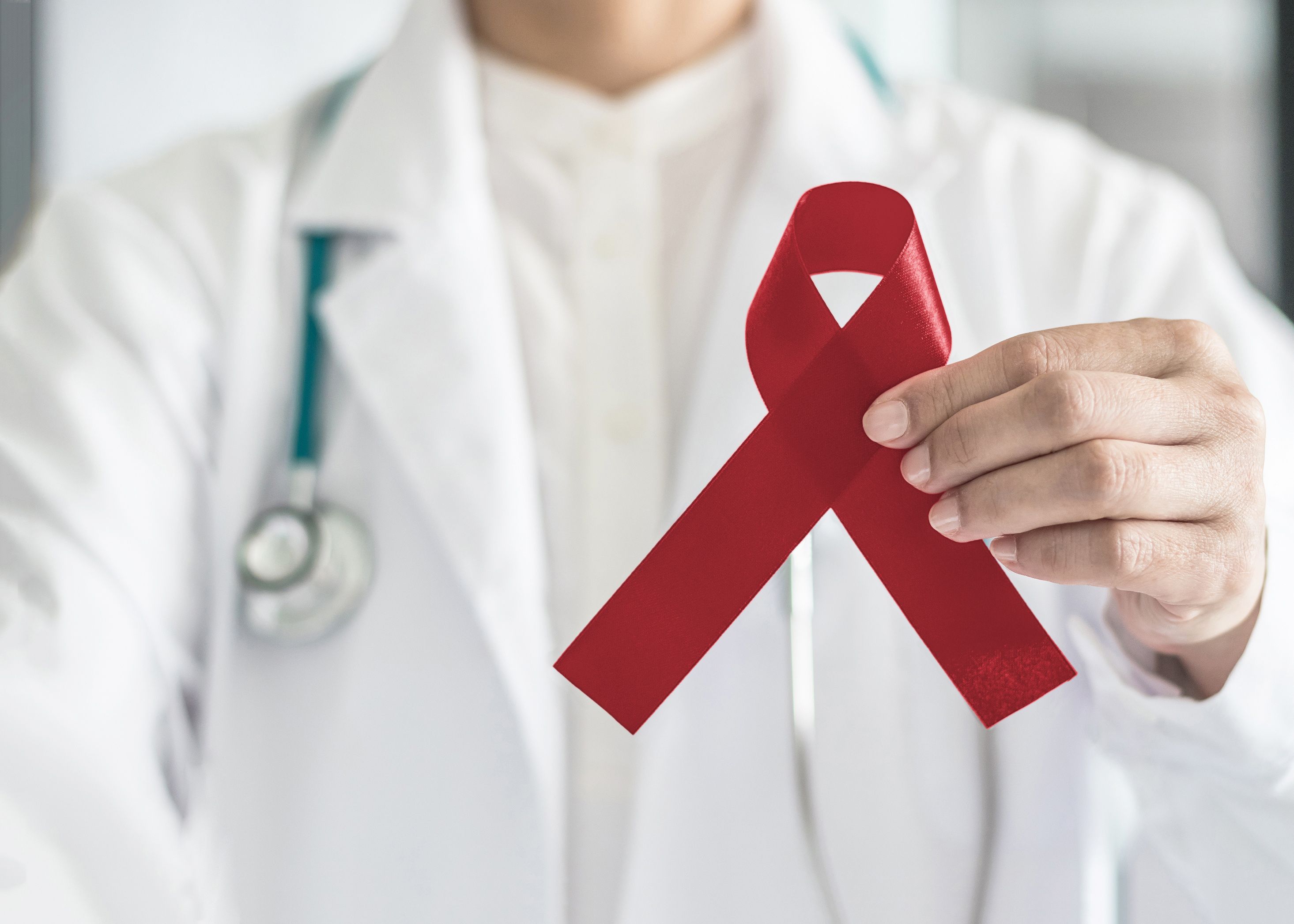Video
Responding to Vaccine Reluctance Across Patient Populations
Ed Cohen, PharmD, FAPhA, holds a panel discussion exploring pharmacist-provided immunizations, focusing on COVID-19–specific updates and recommendations.
Ed Cohen, PharmD, FAPhA: Hello, and welcome to this Pharmacy Times® webcast titled “Pharmacist-Provided Immunizations and Updates on COVID-19 Vaccines and Recommendations.” My name is Ed Cohen. I’m the executive vice president of pharmacy advocacy at MJH Life Sciences® and Pharmacy Times®. Joining me in this broadcast are my colleagues, Mary Bridgeman, a clinical professor at the Ernest Mario School of Pharmacy at Rutgers, The State University of New Jersey; Lynette Chastain, an assistant director of pharmacy at NEA Baptist Clinic; Traci Poole, an associate professor of pharmacy practice at Belmont University College of Pharmacy; and Wesley Nuffer, an assistant director of experiential programs and associate professor at the Skaggs School of Pharmacy and Pharmaceutical Sciences at the University of Colorado at Denver.
Pharmacy-provided immunization services have blossomed over the past 2 years. Our profession’s response to providing COVID-19 immunizations and more has been recognized all the way up to the president. Pharmacy has provided the bulk of COVID-19 immunizations to existing and new patients. Many patients have discovered that the pharmacy is a destination for more than an occasional prescription or [OTC] product. Immunizations offered at the pharmacy are often provided to eligible patients, many times without them even speaking to their physician, which is a natural process for pharmacy. Technology is enhanced, assisting pharmacy teams with billing, scheduling, reporting, retrieving vaccine histories from registries, and much more.
We’re going to focus our discussion on the success of pharmacy-provided services and how we can continue to be successful. We’ll review the COVID-19 vaccines, the opportunity to immunize children under age 5 years, and we’ll touch on the upcoming flu season. Our goal is to provide information and tools so you can best serve your patients. Let’s get started. Mary, it’s always good to see you and be with you in one of these broadcasts. Of the nearly 221 million [individuals] immunized against COVID-19 to date, fewer than half have gotten their first booster, and only 13 million have received a second booster. Let’s start talking about why [individuals] are so reluctant to receive their vaccines and how we can overcome some of these challenges.
Mary Bridgeman, PharmD, BCPS, BCGP: Absolutely. Thank you, Ed. It’s good to see you again, as well. We’re seeing some patients take a wait-and-see approach to obtaining those booster doses, whether it’s the first or second, and perhaps think about the timing of that dose in accordance with what’s happening with local COVID-19 case numbers and activity. Our vaccination strategy is working in that we aren’t seeing anywhere near the same number of hospitalizations or deaths attributed to COVID-19 in those who are immunized. However, the enthusiasm for obtaining these subsequent booster doses may be waning, partly because there are lingering concerns [about] how often and for how long we’ll have to keep doing this. That’s somewhat unanswerable at present, considering what we’re up against.
As a strategy for combating the questions about why they need another booster dose, I remind patients that we have other vaccines that require several doses to ensure adequate immunity. For example, the polio vaccine is a 4-dose series, reinforcing the idea that although some of these COVID-19 vaccines are new in terms of their technologies, we have been priming and boosting immune responses with booster doses of vaccines for a long time. This isn’t a novel or new idea. That’s how I try to combat that in terms of my practice.
Traci Poole, PharmD, BCACP, BCGP: It’s interesting to see the dichotomy of the response between the COVID-19 vaccine and what it has done. A group of [individuals] who have seen the value of vaccines in the past have let their adult immunizations go by the wayside after they got their first doses of everything as a child. It put to the forefront that infectious disease is still a thing, and that there’s a lot of vaccine-preventable disease out there.
One response is that we have [individuals] who now want their pneumococcal vaccine, influenza vaccine, and have gotten their shingles vaccines. But then you have the other side, in which the misinformation around the COVID-19 vaccine created a gap and they’re starting to question the entire schedule that’s out there. You’ve got this dual response that we need to bring [individuals] more back toward that adult schedule, especially those annual boosters, just like Mary was saying about the flu vaccine. It’s more important than ever to have [individuals] adhere, because who knows what’s going to happen if there’s a secondary infection with your COVID-19 if you were to get it and not be protected.
Ed Cohen, PharmD, FAPhA: How do we address vaccine reluctance? What are some of the things that we’re seeing in either racial or ethnic differences?
Traci Poole, PharmD, BCACP, BCGP: This is no different from what it has been. When I offer flu vaccines, a lot of my Black patients aren’t interested based on the historical context of what has been passed down generationally to their families related to some of the things in the past that were controversial to their care. With this vaccine, it wasn’t necessarily the misinformation or anything like that. It was another thing that they don’t trust. I try to highlight the disparity of how affected by COVID-19 those communities have been and how to further protect themselves from that, because they’re at such a disparate status when it comes to COVID-19. But there has been a bit of a disproportionate hesitancy with racial and ethnic minority groups.
Ed Cohen, PharmD, FAPhA: It’s an unfortunate situation.
Transcript edited for clarity.






